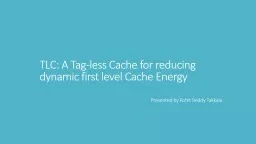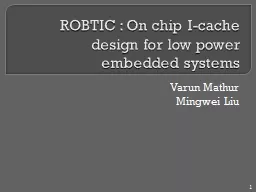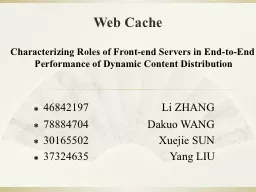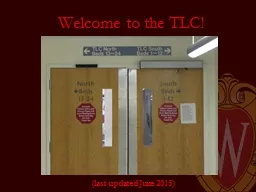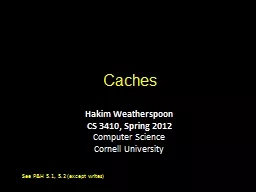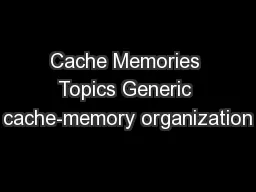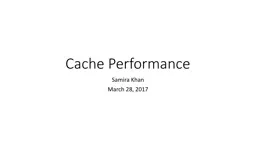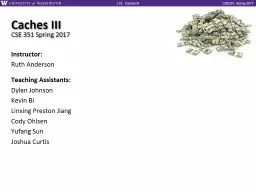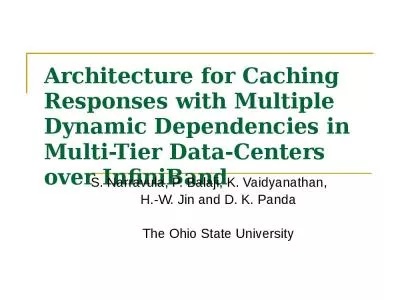PPT-TLC: A Tag-less Cache for reducing dynamic first level Cache Energy
Author : marina-yarberry | Published Date : 2019-12-11
TLC A Tagless Cache for reducing dynamic first level Cache Energy Presented by Rohit Reddy Takkala Introduction First level caches are performance critical and are
Presentation Embed Code
Download Presentation
Download Presentation The PPT/PDF document "TLC: A Tag-less Cache for reducing dynam..." is the property of its rightful owner. Permission is granted to download and print the materials on this website for personal, non-commercial use only, and to display it on your personal computer provided you do not modify the materials and that you retain all copyright notices contained in the materials. By downloading content from our website, you accept the terms of this agreement.
TLC: A Tag-less Cache for reducing dynamic first level Cache Energy: Transcript
Download Rules Of Document
"TLC: A Tag-less Cache for reducing dynamic first level Cache Energy"The content belongs to its owner. You may download and print it for personal use, without modification, and keep all copyright notices. By downloading, you agree to these terms.
Related Documents

